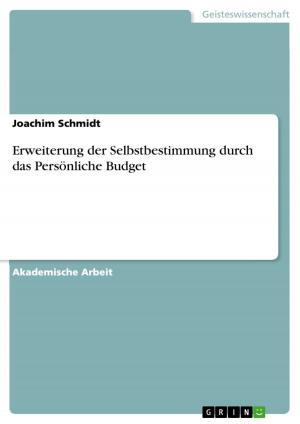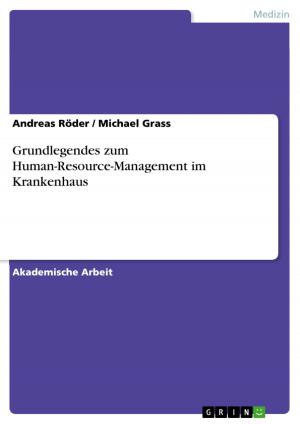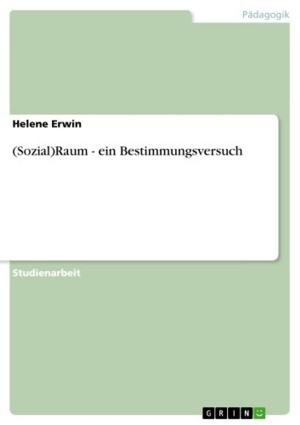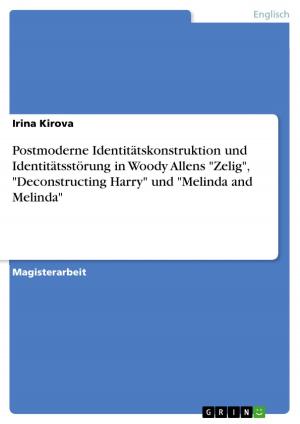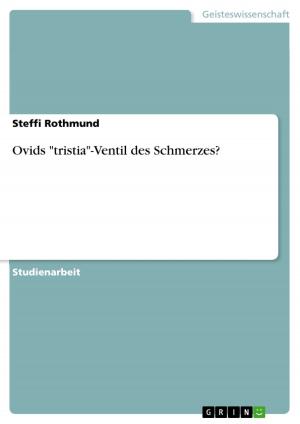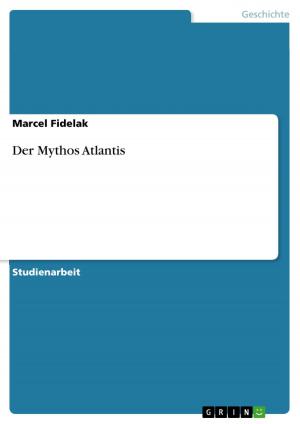Pearl's twilight nature in 'The Scarlet Letter': Emblem of sin or self-fulfilling prophecy?
Nonfiction, Entertainment, Drama, Anthologies| Author: | Anja Schmidt | ISBN: | 9783638315975 |
| Publisher: | GRIN Verlag | Publication: | October 16, 2004 |
| Imprint: | GRIN Verlag | Language: | English |
| Author: | Anja Schmidt |
| ISBN: | 9783638315975 |
| Publisher: | GRIN Verlag |
| Publication: | October 16, 2004 |
| Imprint: | GRIN Verlag |
| Language: | English |
Seminar paper from the year 2004 in the subject American Studies - Literature, grade: 1+ (A), University of Hamburg, course: Nathaniel Hawthorne and the Puritans, 13 entries in the bibliography, language: English, abstract: In The Scarlet Letter Nathaniel Hawthorne has not only created an intriguing plot, but also some very 'picturesque' characters, among whom the character of Pearl can probably be viewed as the most unique one. Pearl, a composition of demon offspring and elf-child, cannot but raise the question of her identity, and nature, from the day she is born. Not only the Puritan community, even her own mother persistently questions her human nature and allegorizes her as a token of guilt. Not even Hawthorne can restrain himself in reminding us constantly about the symbolic and functional nature of Pearl, so that even the most ignorant reader must notice her resemblance of the Scarlet Letter in the story. But is Pearl really just a purpose-fulfilling construction? Or is there more to this character than its function? Is a child's fascination with a shiny and colorful object really that unusual? And is it unusual for a child to behave wild if the mother raises the child in a non-authoritative form? Could it be that any real child, born into a situation described in The Scarlet Letter, would develop as Hawthorne develops the character of Pearl? This work will raise the question of Pearl's true nature and examine whether her character in Hawthorne's romance is purely shaped by her function. Yet, an analysis of Pearl's character would be a futile attempt if viewed independently of all other characters. The reader never gets to know the 'independent character' Pearl. She is always reflected via her interaction with other characters or objects. Her thoughts remain obscure to the reader - unlike the other characters'. Thus, an analysis on Pearl will consist of an analysis of her interactions with the other characters in the story.
Seminar paper from the year 2004 in the subject American Studies - Literature, grade: 1+ (A), University of Hamburg, course: Nathaniel Hawthorne and the Puritans, 13 entries in the bibliography, language: English, abstract: In The Scarlet Letter Nathaniel Hawthorne has not only created an intriguing plot, but also some very 'picturesque' characters, among whom the character of Pearl can probably be viewed as the most unique one. Pearl, a composition of demon offspring and elf-child, cannot but raise the question of her identity, and nature, from the day she is born. Not only the Puritan community, even her own mother persistently questions her human nature and allegorizes her as a token of guilt. Not even Hawthorne can restrain himself in reminding us constantly about the symbolic and functional nature of Pearl, so that even the most ignorant reader must notice her resemblance of the Scarlet Letter in the story. But is Pearl really just a purpose-fulfilling construction? Or is there more to this character than its function? Is a child's fascination with a shiny and colorful object really that unusual? And is it unusual for a child to behave wild if the mother raises the child in a non-authoritative form? Could it be that any real child, born into a situation described in The Scarlet Letter, would develop as Hawthorne develops the character of Pearl? This work will raise the question of Pearl's true nature and examine whether her character in Hawthorne's romance is purely shaped by her function. Yet, an analysis of Pearl's character would be a futile attempt if viewed independently of all other characters. The reader never gets to know the 'independent character' Pearl. She is always reflected via her interaction with other characters or objects. Her thoughts remain obscure to the reader - unlike the other characters'. Thus, an analysis on Pearl will consist of an analysis of her interactions with the other characters in the story.


